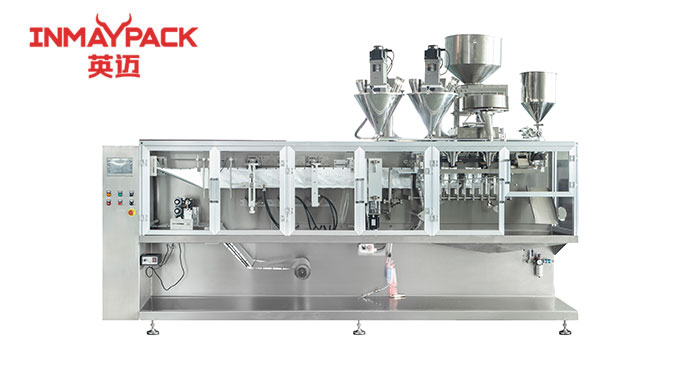A Flat Pouch Packaging Machine is a fantastic investment for businesses in food, cosmetics, pharmaceuticals, and many other industries. It brings efficiency, speed, and a modern look to your product packaging. However, the initial purchase price is just one part of the financial picture. To manage your budget effectively and ensure long-term profitability, it's crucial to understand the ongoing operating and maintenance (O&M) costs.
This article breaks down these costs into clear, understandable categories.
These are the recurring costs you incur every time the machine is in operation. They are essential for the day-to-day function of your pouch packaging system.
Packaging Materials: This is often the most significant ongoing cost. It includes the roll stock of pre-made flat pouches or the film used to form them. The cost varies based on:
Energy Consumption: The machine uses electricity to power its motors, drives, heaters, and control systems. While modern machines are designed for energy efficiency, this cost accumulates with continuous use.
Labor: This includes the wages of the machine operator who loads materials, monitors the operation, performs basic quality checks, and conducts initial clearances during a product changeover.
Consumables: These are items that are regularly used up and need frequent replacement.
These are scheduled activities aimed at preventing unexpected breakdowns and keeping your flat pouch packaging equipment running smoothly.
Scheduled Servicing:This involves routine check-ups as recommended by the manufacturer (e.g., weekly, monthly, or annually). It may include:

pare Parts Inventory: It is wise to keep a small stock of commonly used spare parts to minimize downtime. This might include:
Service Contracts: Many companies opt for an annual maintenance contract with the machine supplier or a third-party service provider. This contract typically covers the cost of scheduled visits, labor, and sometimes even spare parts, making maintenance costs predictable.
These are costs associated with unexpected failures. A robust planned maintenance program is the best way to minimize these.
Emergency Repairs: When a critical component fails, you may need to pay for emergency service calls, expensive express shipping for parts, and premium labor rates.
Production Downtime: This is often the most expensive consequence of a breakdown. When the machine is not running, you lose:
Wasted Materials: A machine malfunction can lead to a batch of poorly sealed or misaligned pouches, resulting in wasted packaging materials and even product loss.
These are less obvious but still important factors to consider over the life of your automatic pouch packaging machine.
The total cost of owning a flat pouch packaging machine extends beyond its purchase price. It includes direct operating expenses like materials, energy, and labor, as well as planned maintenance, spare parts, and service contracts to prevent failures. Crucially, businesses must account for the high cost of unplanned downtime, including emergency repairs and lost production. Therefore, investing in proactive maintenance and training to minimize unexpected breakdowns is key to managing the overall cost and ensuring the machine's long-term profitability.